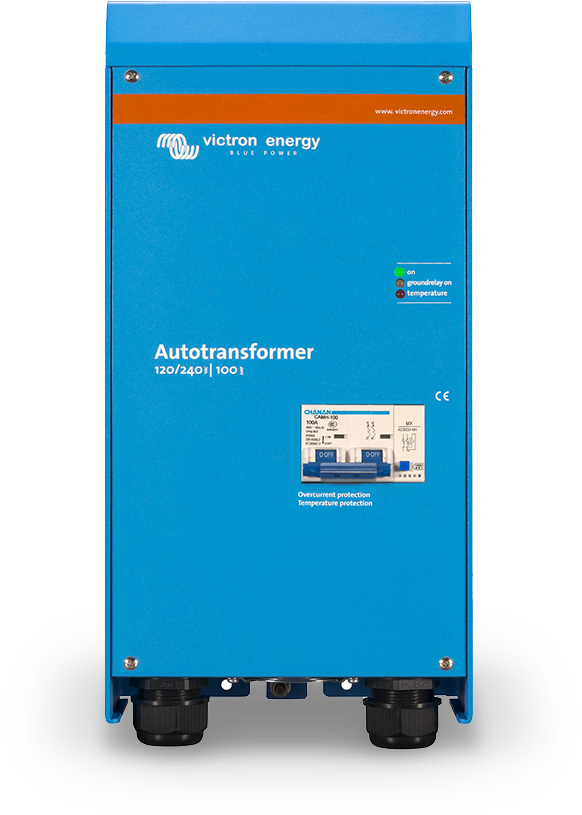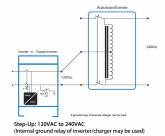Might be a stupid question. Background in case it's helpful....
I'm in the middle of installing a sizable (for a boat at least) Solar + LFP system on my new boat (it'll probably end up around 5kW of solar and 25-30wKh of LFP). I'm going about it somewhat in stages so that we can "right size" the final system.
Stage 1 - 3.7kW of Solar (10x LG Neon R 370W panels) + Victron MPPTs + 14.5kWh or LFP (8 x OhmMu150ah/12V).
Stage ??? - Do I do inverters now or later (see below on the dilemma). Currently the boat has 2 x Magnum 2812 inverters (2800W from 12V bank)
Stage 2 (this summer, after 3-4 months in the Bahamas) - Add more solar + LFP, new AirCons (likely FrigoMar, only marine AC's with built-in inverters), possible CZone digital switching, etc
DILEMMA/QUESTION:
All of the AirCon systems that I'm looking at run on 220V/60hz. However, all of the inverters I'd like to use are only 110V/60hz (I'm trying to do the whole system with Victron so everything talks together and I can access info on mobile and chartplotter). Is there a feasible way to get 220V/60hz from a 110V/60hz inverter (or 2 inverters, I'm currently considering 2 x Victron Quattro 5000W inverters). The reason why this is somewhat a pressing question for STAGE 1 is I'd LIKE to switch over to 24V now, as that makes sizing the MPPTs and wiring, etc much more manageable.
Thanks for the help/feedback. (NOTE: Don't pull punches if I'm really off base, I can have thick skin when needed )
I'm in the middle of installing a sizable (for a boat at least) Solar + LFP system on my new boat (it'll probably end up around 5kW of solar and 25-30wKh of LFP). I'm going about it somewhat in stages so that we can "right size" the final system.
Stage 1 - 3.7kW of Solar (10x LG Neon R 370W panels) + Victron MPPTs + 14.5kWh or LFP (8 x OhmMu150ah/12V).
Stage ??? - Do I do inverters now or later (see below on the dilemma). Currently the boat has 2 x Magnum 2812 inverters (2800W from 12V bank)
Stage 2 (this summer, after 3-4 months in the Bahamas) - Add more solar + LFP, new AirCons (likely FrigoMar, only marine AC's with built-in inverters), possible CZone digital switching, etc
DILEMMA/QUESTION:
All of the AirCon systems that I'm looking at run on 220V/60hz. However, all of the inverters I'd like to use are only 110V/60hz (I'm trying to do the whole system with Victron so everything talks together and I can access info on mobile and chartplotter). Is there a feasible way to get 220V/60hz from a 110V/60hz inverter (or 2 inverters, I'm currently considering 2 x Victron Quattro 5000W inverters). The reason why this is somewhat a pressing question for STAGE 1 is I'd LIKE to switch over to 24V now, as that makes sizing the MPPTs and wiring, etc much more manageable.
Thanks for the help/feedback. (NOTE: Don't pull punches if I'm really off base, I can have thick skin when needed )




